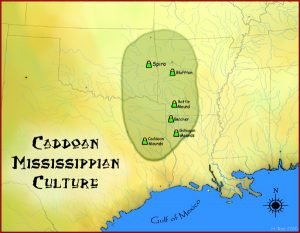Cherokee Indian Research
A powerful detached tribe of the Iroquoian family, formerly holding the whole mountain region of the south Alleghenies, in southwest Virginia, western North Carolina and South Carolina, north Georgia, east Tennessee, and northeast Alabama, and claiming even to the Ohio River. Archives, Libraries and Genealogy Societies The Cherokee Citizens League of Southeast Texas, Home of the Cherokee Messenger (hosted at Powersource) Oklahoma Historical Society Cherokee Indian Biographies Tooan Tuh or Spring Frog, Cherokee Chief John Ross, Cherokee Chief Sequoyah or George Guess (Gist), Inventor of the Cherokee Alphabet Tahchee, Cherokee Chief Major Ridge, Cherokee Chief John Ridge, Cherokee Interpreter Biographies … Read more

